Neil Harbisson has an antenna implanted in his skull that allows him to feel colour, while Moon Ribas has sensors in her feet that allow her to feel earthquakes.
Category: space – Page 834
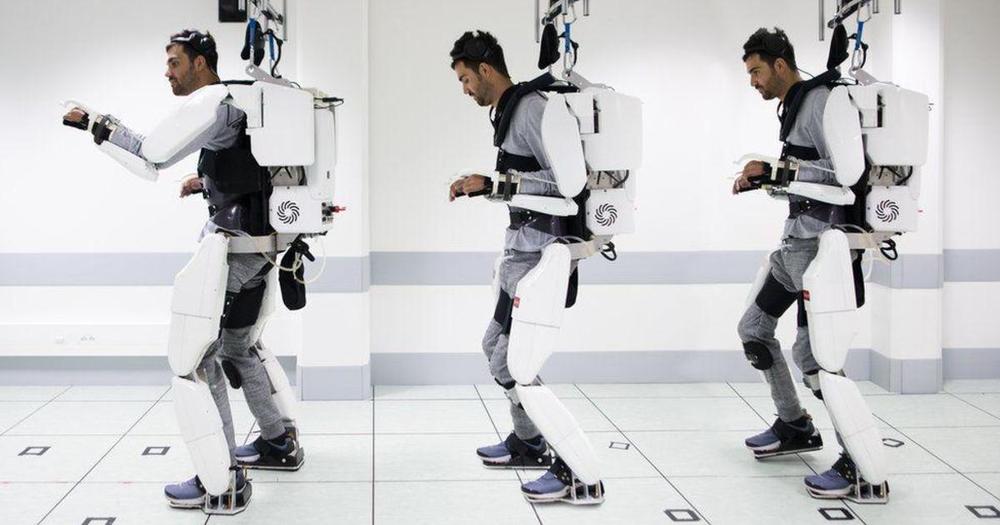
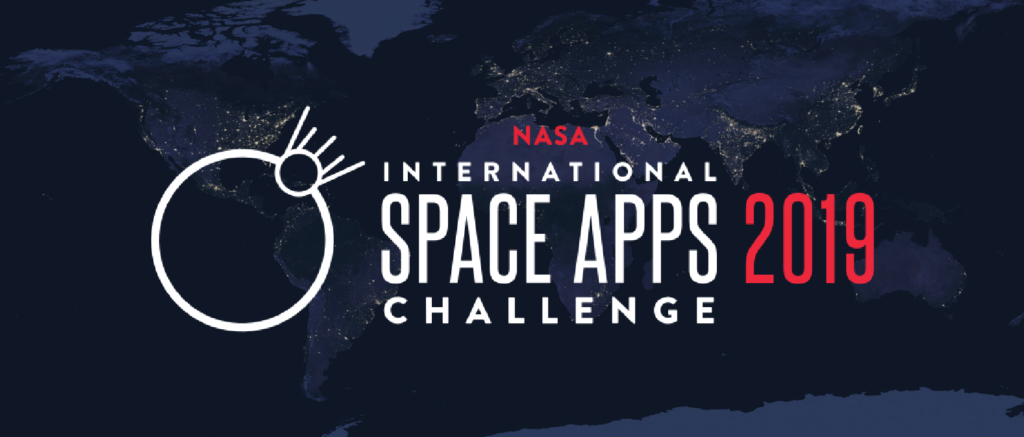
NASA global hackathon returns to the Philippines
MANILA, Philippines — Now in its 8th year, Space Apps is an international hackathon for coders, scientists, designers, storytellers, makers, builders, technologists, and others in cities around the world, where teams engage with NASA’s free and open data to address real-world problems on Earth and in space. Space Apps 2018 included over 18,000 participants at more than 200 events in 75 countries.
Since its inception in 2012, NASA’s International Space Apps Challenge has become the world’s largest global hackathon, engaging thousands of citizens across the globe to use NASA’s open data to build innovative solutions to challenges we face on Earth and in space.
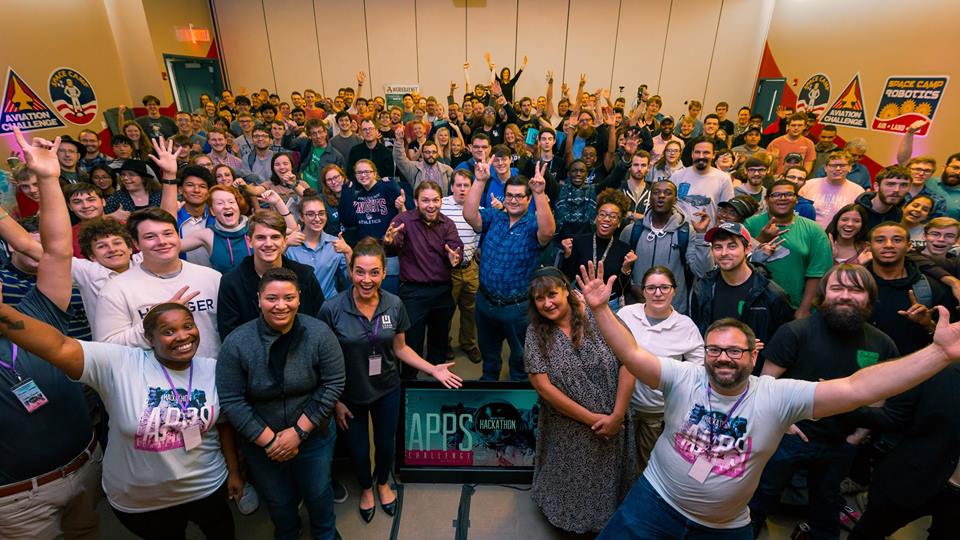
The NASA International Space Apps Challenge (or Space Apps) is an international hackathon that will take place over a 48-hour period in cities around the globe between October 18 and 20, 2019. The event embraces collaborative problem solving with a goal of producing open-source solutions to challenges we currently face on Earth and in space.
NASA just shared a fascinating soundtrack of a Mars quake
NASA’s InSight lander has picked up on some interesting rumblings on Mars, and the space agency shared them Tuesday in a blog post.
The spacecraft is equipped with an incredibly sensitive seismometer called the Seismic Experiment for Interior Structure (SEIS), which is designed to listen for marsquakes. By examining how seismic waves move through the planet’s interior, scientists hope to learn more about Mars’ deep inner structure.
InSight placed the seismometer on Mars’ surface in December, but it took until April for the instrument to detect the first likely marsquake. More than 100 events have been detected, and around 21 of them are “strongly considered to be quakes,” NASA says.



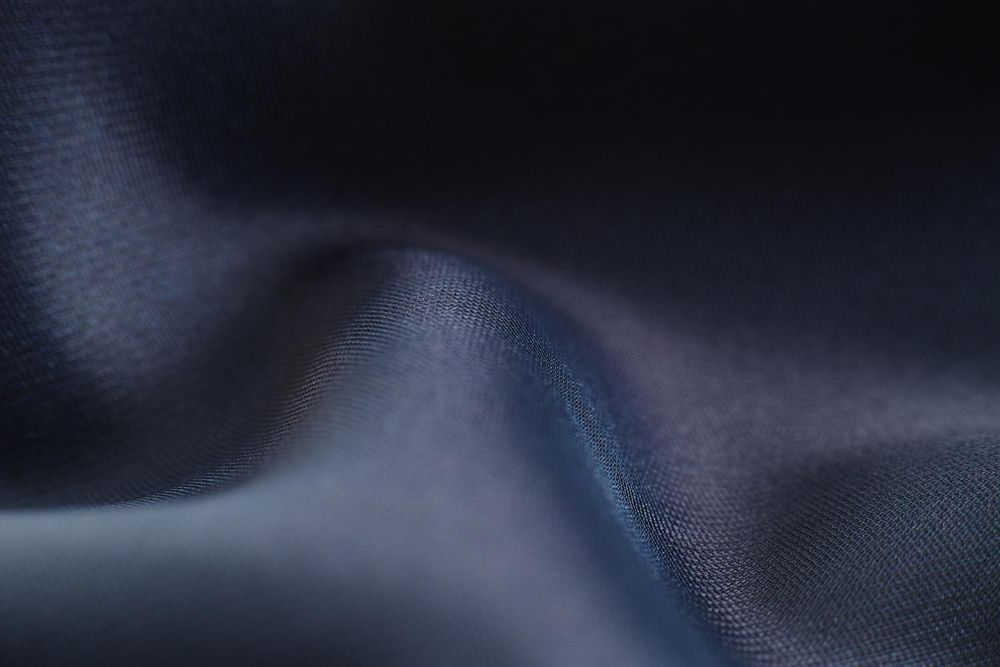
A filament fit for space—silk is proven to thrive in outer space temperatures
Their initial discovery had seemed like a contradiction because most other polymer fibres embrittle in the cold. But after many years of working on the problem, the group of researchers have discovered that silk’s cryogenic toughness is based on its nano-scale fibrills. Sub-microscopic order and hierarchy allows a silk to withstand temperatures of down to −200 C. And possibly even lower, which would make these classic natural luxury fibres ideal for applications in the depths of chilly outer-space.
The interdisciplinary team examined the behaviour and function of several animal silks cooled down to liquid nitrogen temperature of −196 C. The fibres included spider silks but the study focused on the thicker and much more commercial fibres of the wild silkworm Antheraea pernyi.
In an article published today in Materials Chemistry Frontiers, the team was able to show not only ‘that’ but also ‘how’ silk increases its toughness under conditions where most materials would become very brittle. Indeed, silk seems to contradict the fundamental understanding of polymer science by not losing but gaining quality under really cold conditions by becoming both stronger and more stretchable. This study examines the ‘how’ and explains the ‘why’. It turns out that the underlying processes rely on the many nano-sized fibrils that make up the core of a silk fibre.
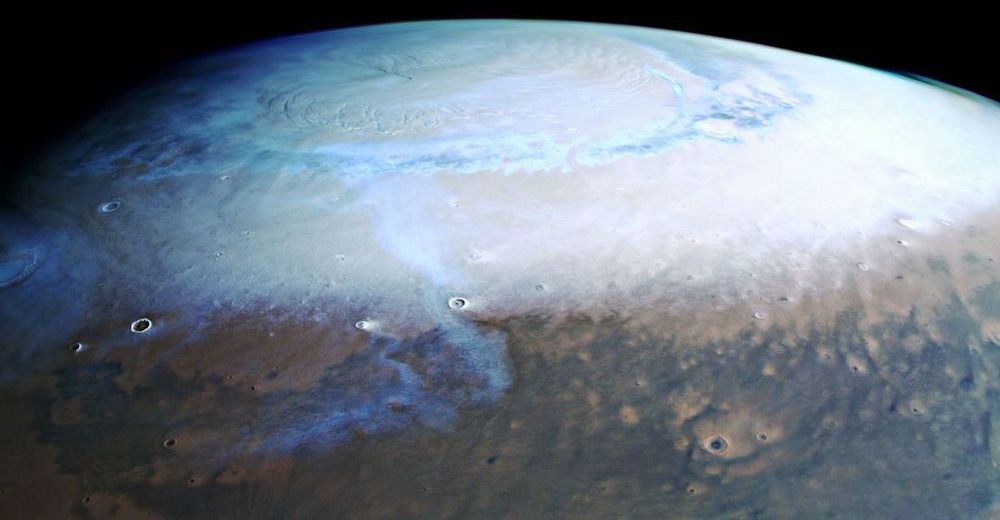
Mars Is Heaven!
You probably hear a lot of news from NASA’s many amazing Mars missions: the Curiosity rover, InSight, MRO, and more. NASA is good at promoting their stuff of course, but also the images returned from all these missions are truly wonderful.
You may not hear as much from the European Space Agency’s Mars Express mission. Well, you may have heard about the lander Beagle 2: It set down safely on the surface, but two of the four solar panels didn’t deploy, dooming that part of that mission.
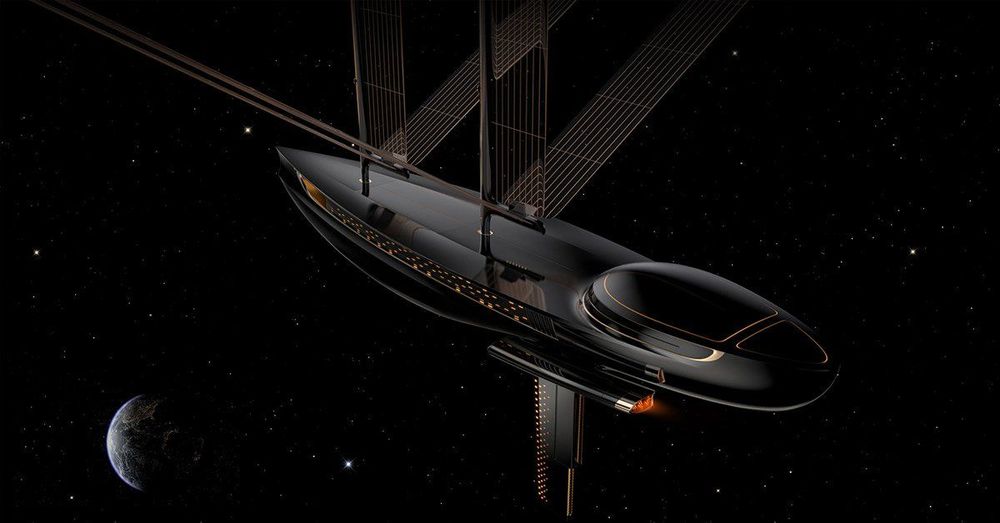
GalaXsea project is the first orbital hotel
Catalan designer eugeni quitllet is an acclaimed industrial designer who describes himself as a ‘disoñador,’ a spanish contraction of designer and dreamer. his invented future is gravity-free, with incredible aesthetics summarized in a combination of digital precision and flowing curves. eugeni creates bestselling objects between drawings and sculptures, mastering fullness and voids to reveal elegant silhouettes hidden in the material.
galaXsea envisions the first space solar sail boat 3D-printed in space.